EMD Aquastar AQV21 Service manual




















Table of contents
Popular Laboratory Equipment manuals by other brands
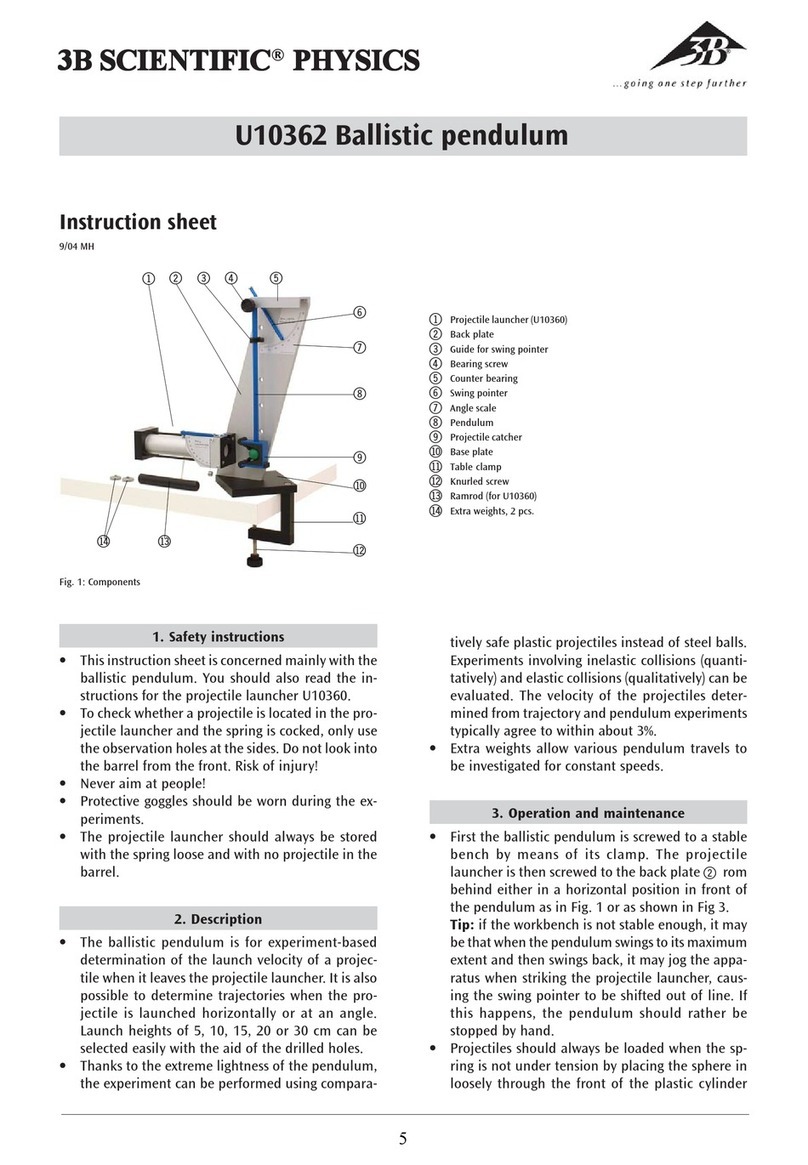
3B SCIENTIFIC PHYSICS
3B SCIENTIFIC PHYSICS U10362 instruction sheet
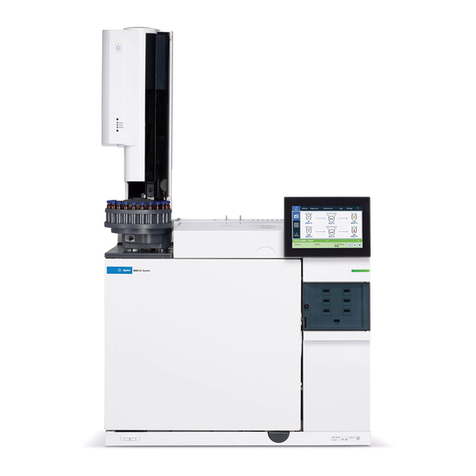
Agilent Technologies
Agilent Technologies 8890 Maintaining Manual
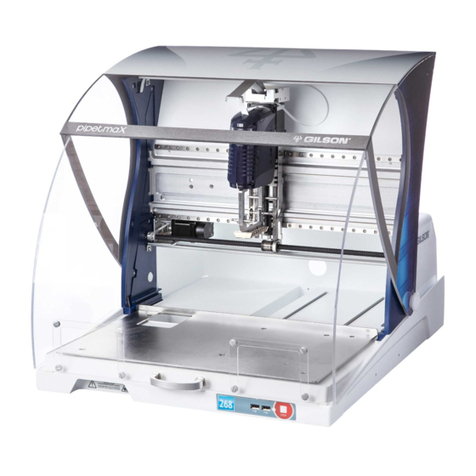
Gilson
Gilson PIPETMAX 268 INSTALLATION QUALIFICATION/OPERATIONAL QUALIFICATION PROCEDURES
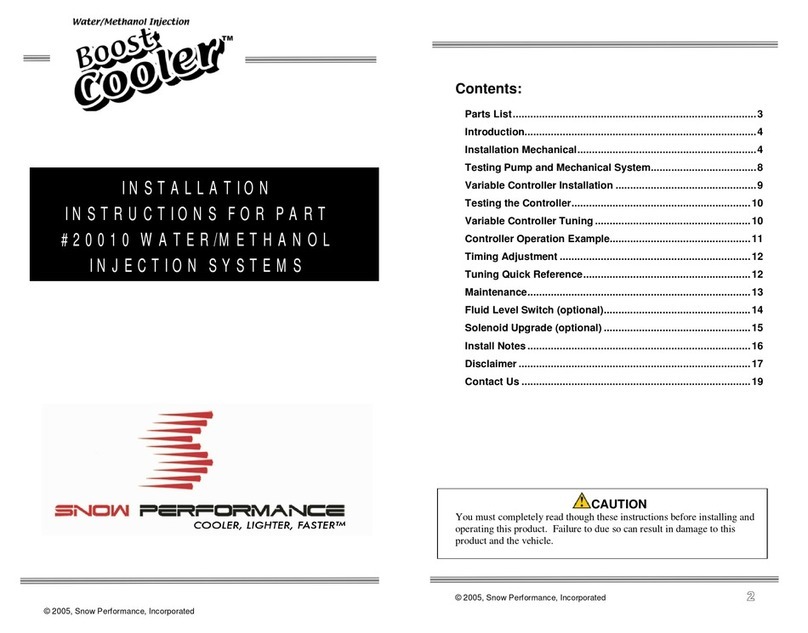
Snow Performance
Snow Performance 20010 installation instructions
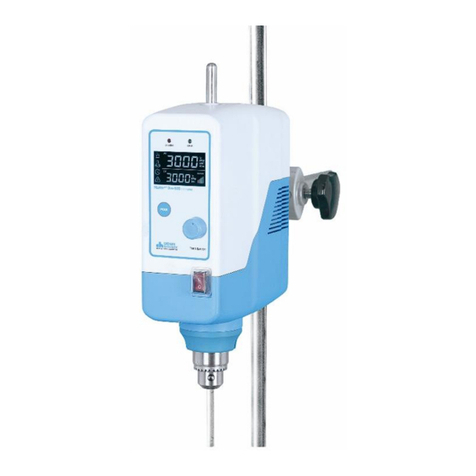
Daihan Scientific
Daihan Scientific Ovs-S05 user manual

Ankom
Ankom XT15 Service Procedure

Qiagen
Qiagen PyroMark Q24 quick start guide
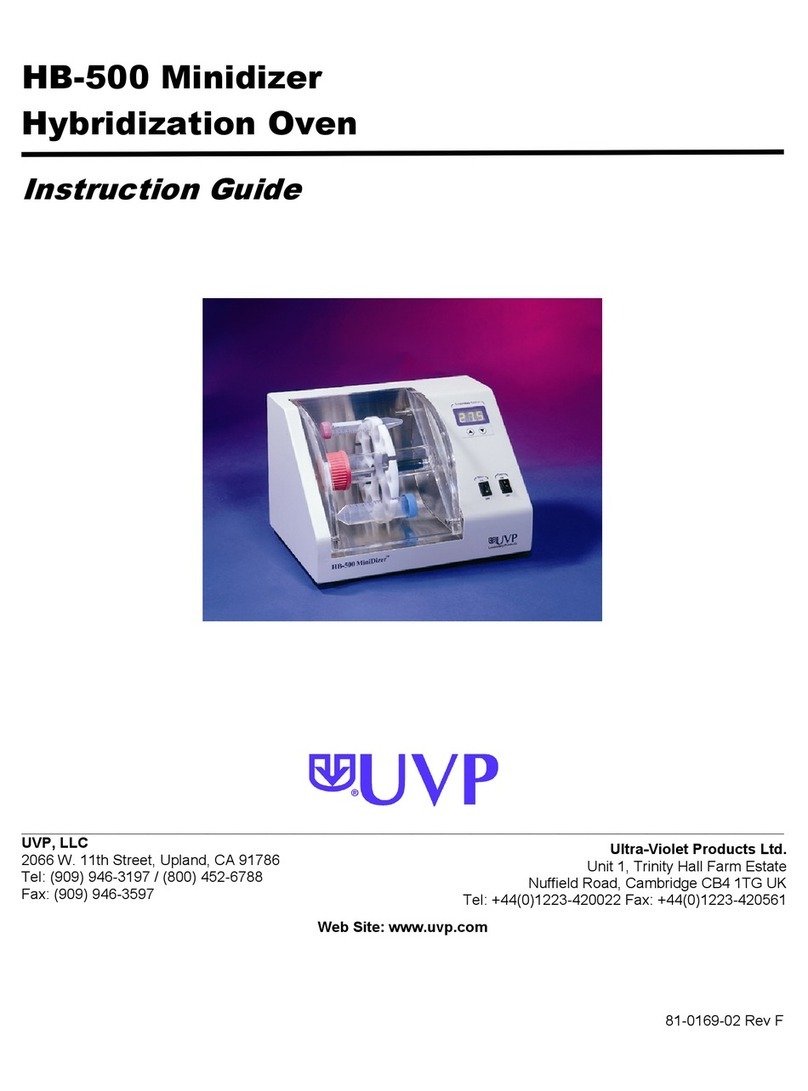
UVP
UVP Minidizer HB-500 Instruction guide
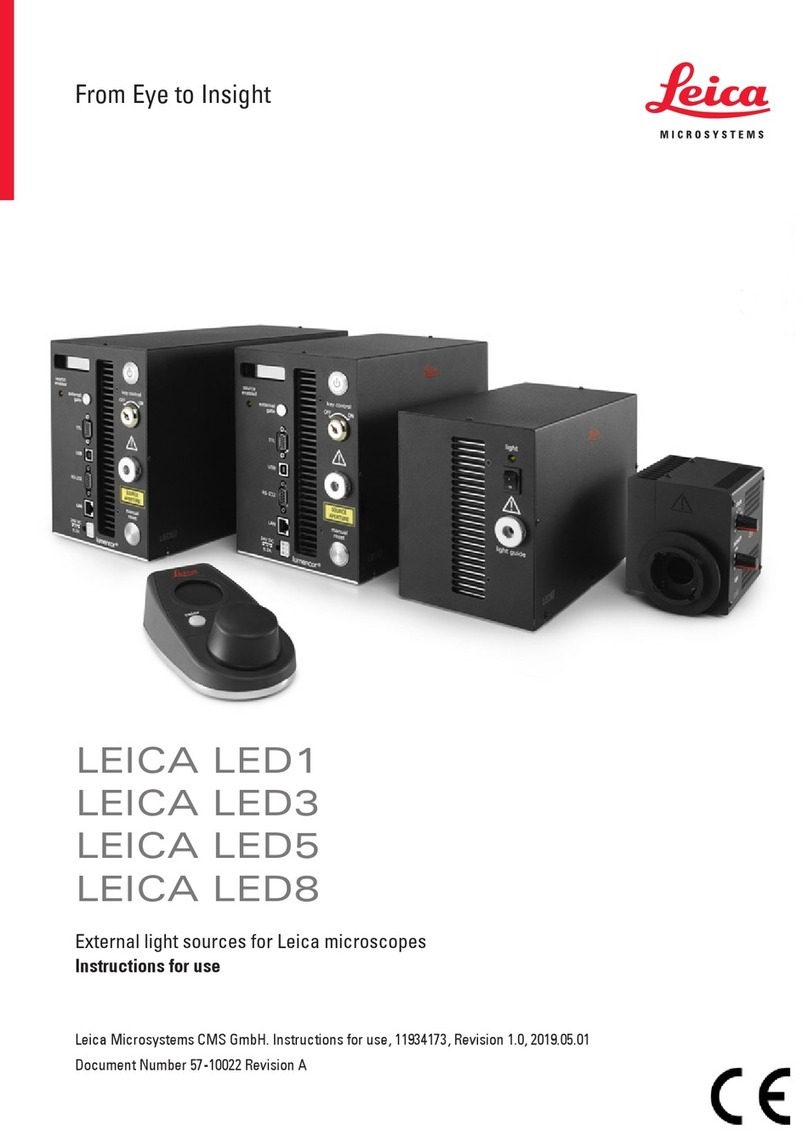
Leica
Leica LED1 Instructions for use

Thermo Scientific
Thermo Scientific mySPIN 12 instruction manual
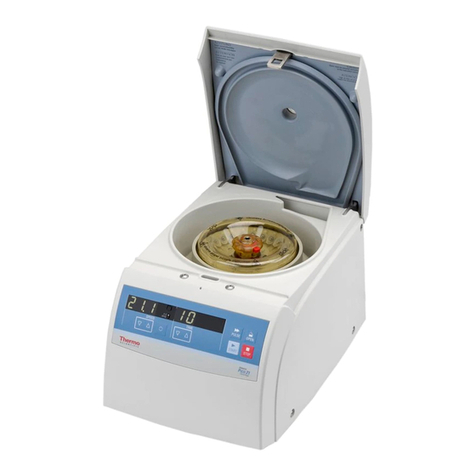
Thermo Scientific
Thermo Scientific Heraeus Pico 21 Instructions for use
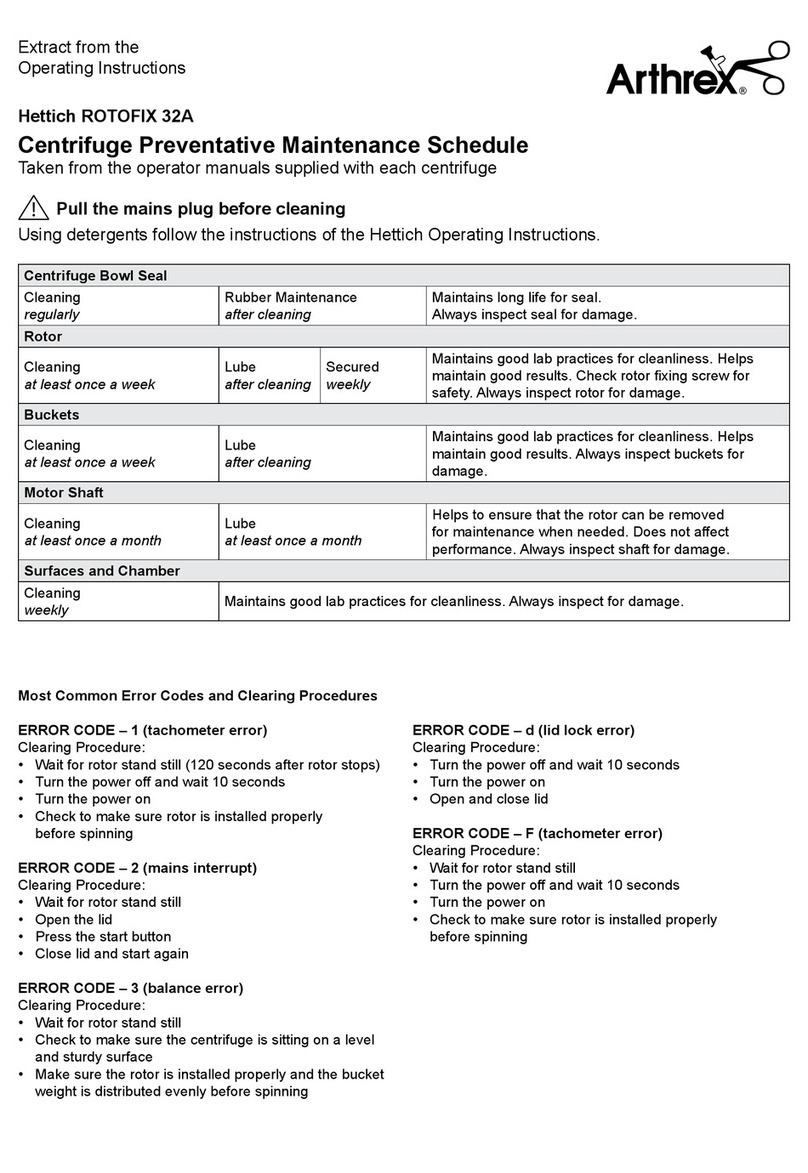
Arthrex
Arthrex ROTOFIX 32A operating instructions

JOOLCA
JOOLCA Hottap user guide
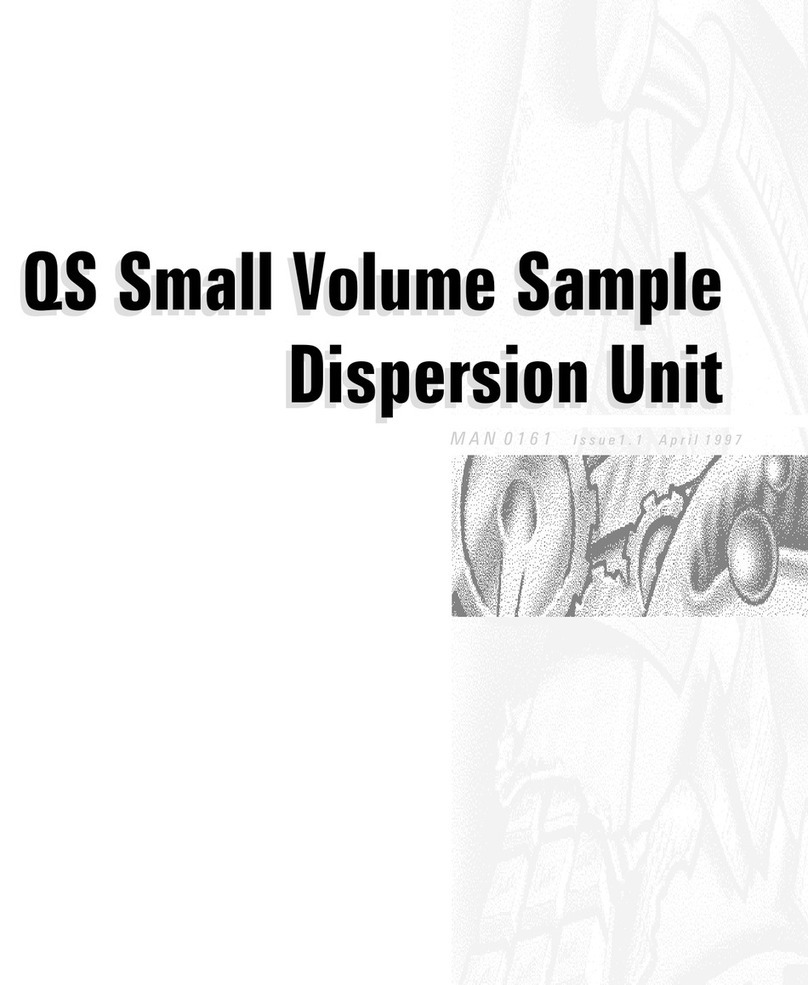
Malvern Instruments
Malvern Instruments Mastersizer X manual
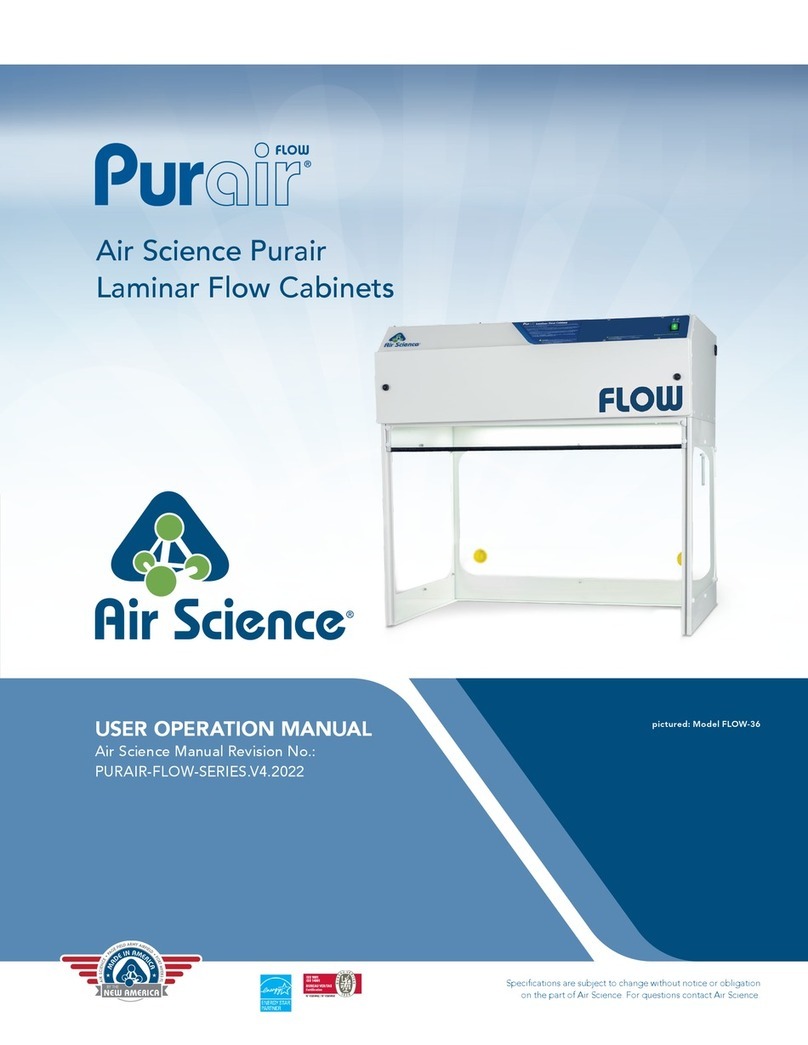
Air Science
Air Science Purair FLOW-24 User's operation manual
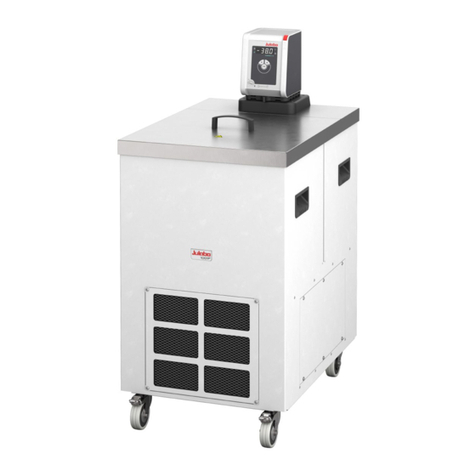
Julabo
Julabo CORIO CD Original operating manual
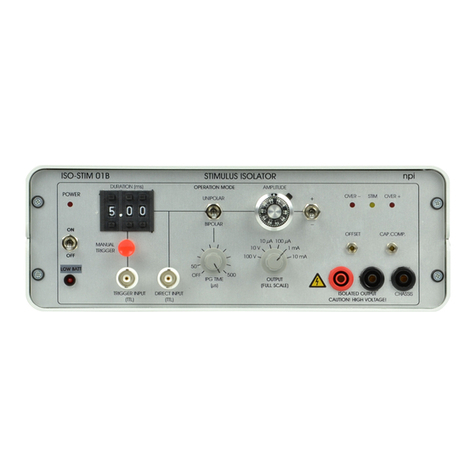
NPI
NPI ISO-STIM 01B Operating instructions and system description

Terragene
Terragene Bionova MiniPro manual